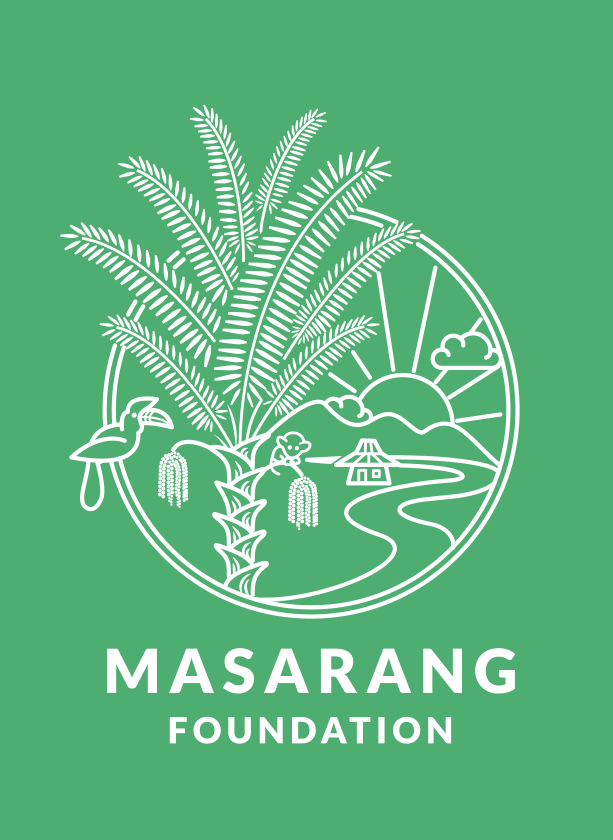
Tasikoki Wildlife Rescue Center
When you are visiting Tasikoki Wildlife Rescue Center’s Food House, you will see a lot of buckets of foods. Food is serieus business in Tasikoki. Piles of fruits slices: banana, pineapple, watermelon, pineapple, sour soup, cucumber, calabash, etc. Every day keepers and volunteers provide those foods to animals in the centre. These various types of foods are to meet the needs of animals for variations in food as in nature. Nutrition and nutritional needs obtained from different foods, and also as part of the rehabilitation process to reduce dependence on the same type of food. However, for Tasikoki food costed millions of Rupiah each month.
Rescued animals
When Tasikoki rescued animals from illegal traders or local residences, they could not immediately release the animal to their natural habitat. Not only because the animals came from various regions in Indonesia, but also because not all of the animals are ready to survive in the wild. Some animals are kept for so long in captivity that they become dependent on human. Tasikoki also have to search a suitable place for the release. And that also takes a lot of time. This ensures that various animals, months or even years have to stay in Tasikoki.
The food garden, to feed the animals
Food serieus business in Tasikoki, they has to feed them every day except maybe for reptiles, that don’t need everyday foods. Previously, the centre purchased foods from local market. They need 14.3 tons of food each month. At Tasikoki we still had a hectare of land available to grow vegetables organically, so we can feed the animals on a daily basis. But this land has very infertile sandy soils, so it was neded to improve the soil with biochar and compost. So we asked for a donation to set up this food garden. This project food garden is donated by a Dutch foundation AKBH (Alle Kleine Beetjes Helpen), so that Tasikoki can try to reduce the cost especially for fruits. The program encourages staff to plant a lot of fruity plants in the land owned by Masarang Foundation. For the first stage, staff begin plant corn, cassava, pineapple, banana, watermelon, and calabash.
Bananas, pineapples, corn, and cassavas
In Tulap, a sea turtle nesting site area an hour from Tasikoki, staff planted banana and pineapple at rocky hill besides the beach. At Pulisan (2 hectares) and Rurukan (1 hectare), Tomohon, they planted corn and cassava. The staff are targeting 20 until 30 percent reduction each month. So far, the progress is pretty good. They managed to harvest 9 sacks of corn from an area of only 200 square meters.
Curious? There is a lot more to read about Tasikoki
